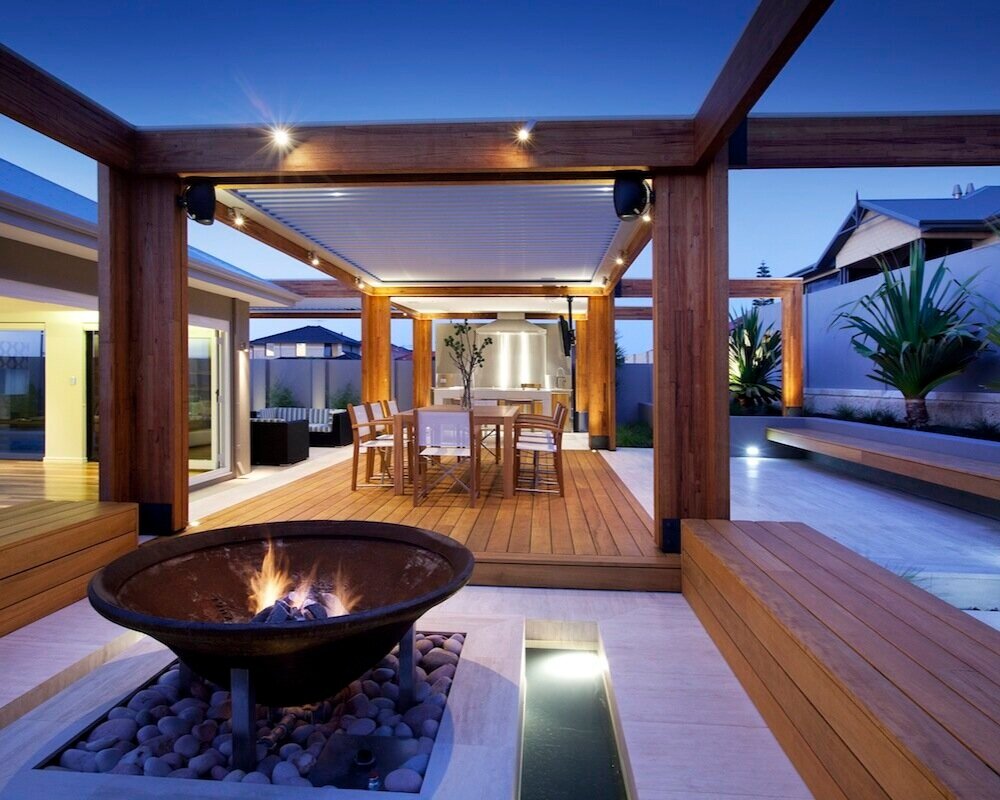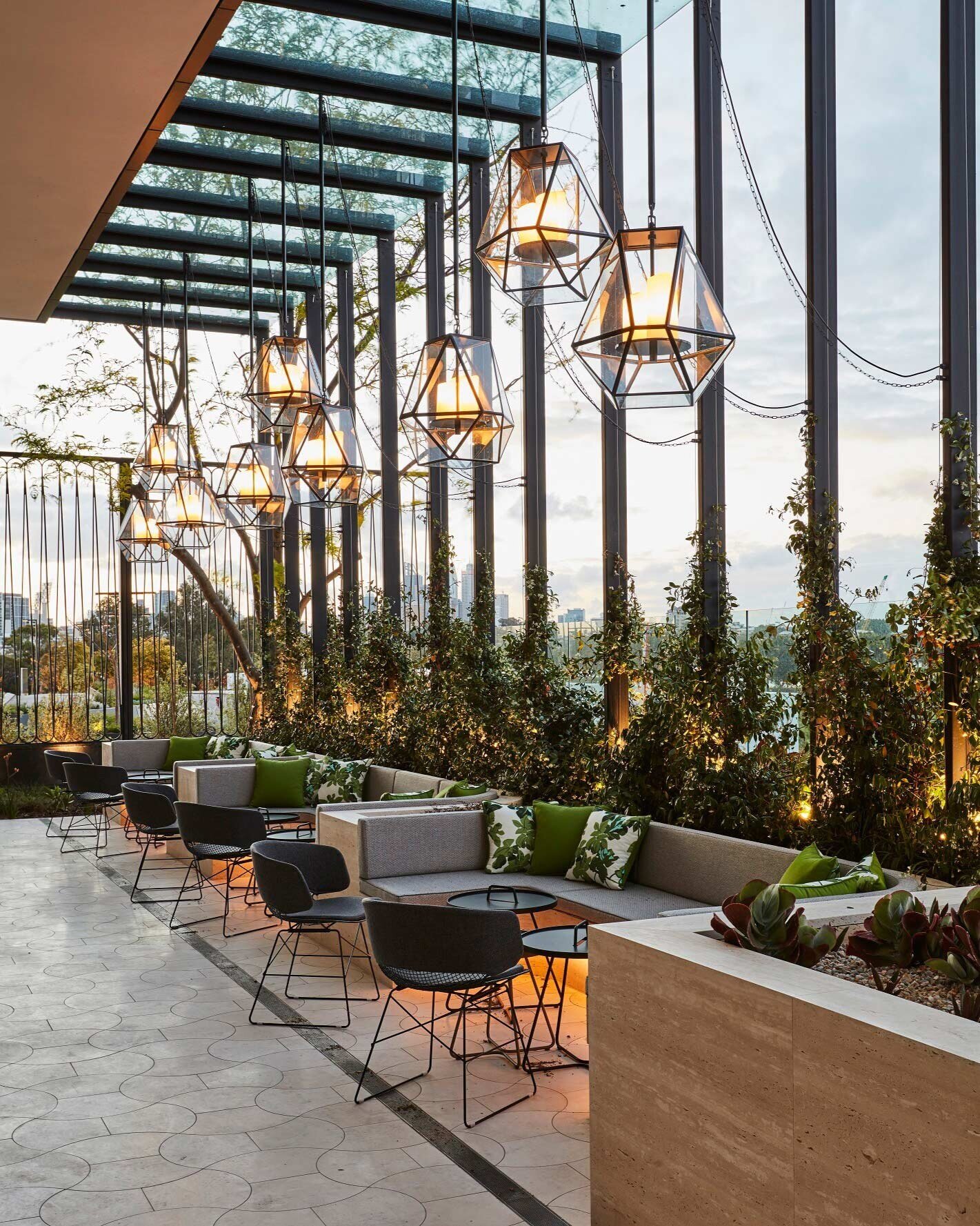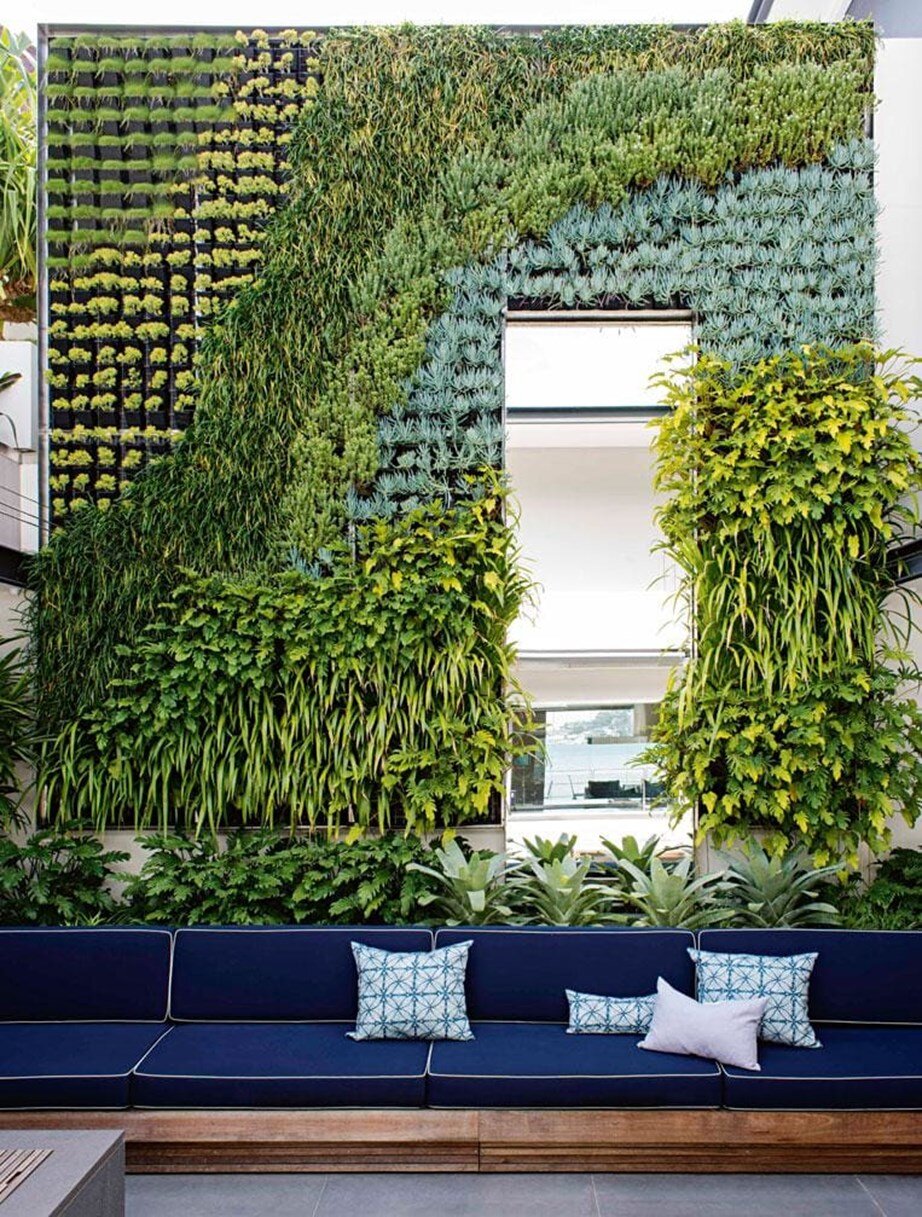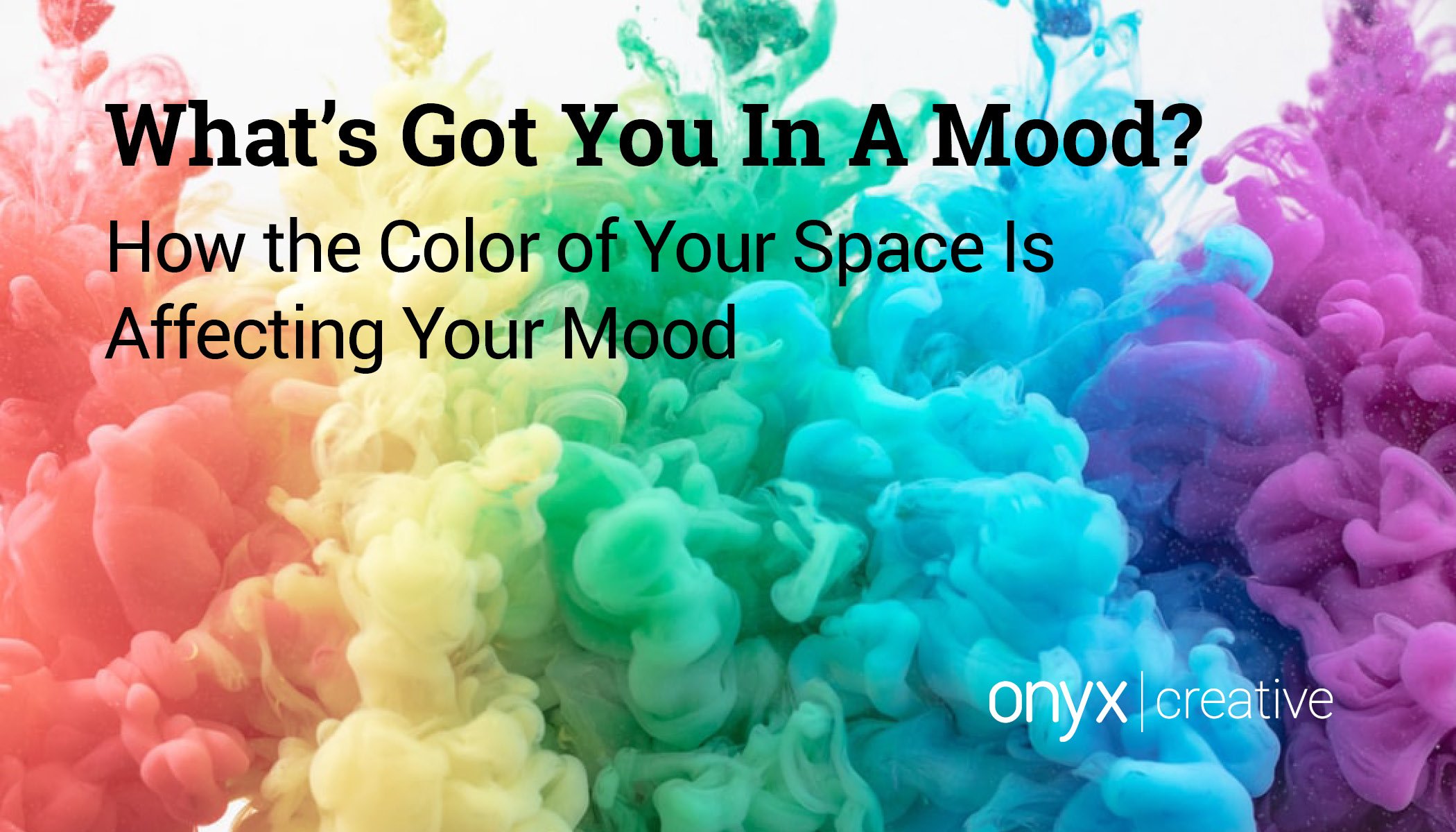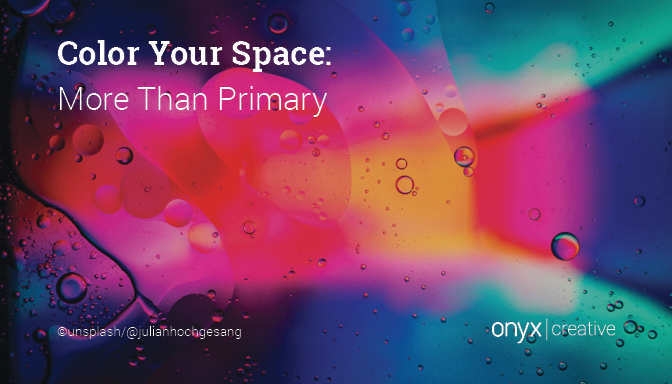2020 has proven to be an eventful year and not in the most wanted ways. With possible added stress mixed with the inability to leave home, outdoor living has become an oasis for many people.
Design Elements
Design is being implemented in ways to promote “bringing the indoors out” – a trending theme. Because these spaces are treated as such, they are less dependent on weather, making covered structures a popular solution, such as gazebos, awnings, porticos, pergolas, etc. To add to the comfort of the space, regardless of weather, ceiling fans, heat lamps or space heaters, and fire pits are amenities that not only provide thermal comfort but also provide atmosphere.
(click on images to view sources)
Comfortable and functional outdoor furniture also support this idea. Some of these pieces can incorporate a woven earth tone shell which provides warmth and texture. Adding in side tables for beverages and food along with cushioned lounge chairs or couches can promote relaxation and comfort.
Lighting is not only essential indoors, but it can make a statement outdoors as well. Lighting helps to define space and can make a space feel enclosed even if it is open to the elements. For spaces that don’t have much structured shelter, string or pendant lighting can be used to give the illusion of a ceiling.
Utilizing materials, patterns, or shapes that reflect those inside can enhance the feeling of the outdoors being an expansion of the indoors. For example, designer deck flooring has become a popular solution that can blend contemporary colors from the interior or exterior features of a home and integrating them with the floor surface outside. This can also be done by playing with plank sizing, patterns, inlays, and more to mimic the hard surface that is indoors.
Biophilic Design
Outdoor living areas can’t avoid nature. Instead of working around nature or closing it off completely from the space, incorporating it within the design and using it to your advantage can make a design come to life. Biophilic design can take this to the next level with the inclusion of natural elements, contrasting textures and materials, and wood features. Natural elements include stone, marble, wood, light, and vegetation. Using a combination of vegetation and an element like stone allows for the contrast between hard and soft. For example, you could create a scenic pathway to a meditation spot with this mixture along with integrated lighting for wayfinding. Wood elements are easy to implement into an outdoor design; decks and fences or screens made from natural wood or that mimic the color and tone of wood can bring warmth to the space. Fencing and screens can also help to create an intimate space while still allowing visibility to nature and its surroundings.
Boho-Inspired Design
With natural elements, materials, and tones in trend, there have been far more boho-inspired elements within outdoor living. The casual eclectic look as well as the idea of comfort also allows boho to fit naturally with today’s outdoor living spaces. Along with these characteristics, boho design incorporates creams, charcoals, terracottas, blues, and whites – all very natural, tonal, and global. Oversized lanterns, hammocks, macramé accessories, and woven objects like pendants create an overall ambiance designed for relaxation, solitude, and living. The structures discussed in the beginning can be added to this design aesthetic for shade and privacy by including a fabric or sheet draped over a timber pergola for example.
Sustainability
If sustainability is a concern or interest, there are many alternatives, upgrades, and resolutions. Incorporating wood tones and warmth can be a sustainable solution since wood is a renewable resource. How and where these woods are sourced can contribute or take away from its sustainability. Furniture can also offer benefits due to the wide range and variety of ethically sourced and eco-friendly materials including teak, eucalyptus, acacia wood, rattan, etc. If cushions or fabric are added to the pieces, those materials can also be eco-friendly. In terms of lighting, simply adding solar elements is a benefit. With any material, design element, or the like, as long as the manufacturing process, fiber types, recyclability, VOCs (volatile organic compounds), and carbon footprint are all considered when making design decisions, sustainability is attainable.
Separation and Integration
These all may seem like very aesthetic approaches to design, but they all have a purpose to create the best experience for the user. Many people create these outdoor living spaces with the image of the experience in their head rather than what the space will look like; they want to enjoy things like cooking, yoga, meditation, reading, and even golf. For example, putting greens and reading nooks have been created in these oases. Since there are many more activities than there used to be in our backyards, privacy walls, awnings, and even landscaping can be ways to provide solitude in an otherwise open space. Even changes in materiality, texture, or color can provide a sense of intimacy. If an outdoor space wants to be easily integrated with the indoors in a more physical way, folding glass doors and windows can help to create a seamless transition from house to yard or from indoors to outdoors.






